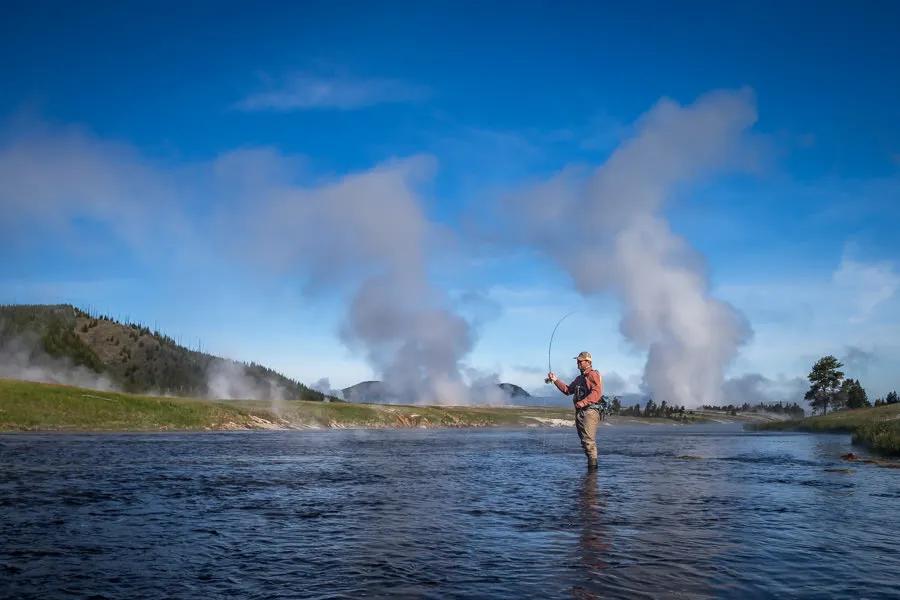
Yellowstone National Park is home to hundreds of miles of fantastic fly fishing rivers. From native cutthroat trout rivers in the northeast corner to the Bechler River in the park's "Cascade Corner," fly fishing in Yellowstone National Park can feature an amazing diversity of fishing. Many of the rivers in Yellowstone National Park are headwater streams for some of the West's most famous larger rivers and the rivers and creeks in Yellowstone National Park are worthy in their own right. These fisheries are bountiful and diverse and range from the massive Yellowstone River in the Black Canyon to tiny brook trout streams in remote valleys where wildlife abound. The fishing can be as easy as walking a few yards from a pull-off to making an epic hike into the Grand Canyon of the Yellowstone. Here are the Ten Best Trout Rivers and Streams in Yellowstone National Park.
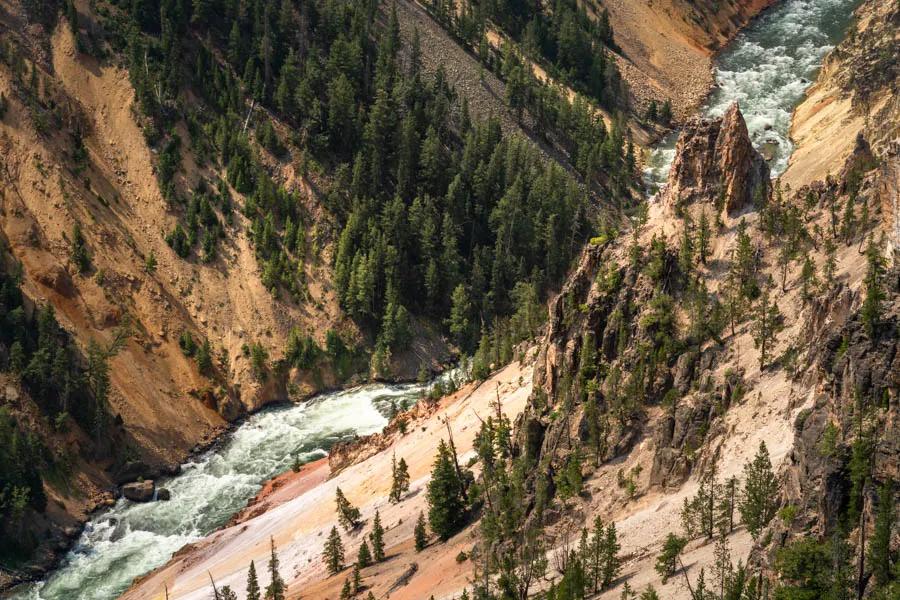
Yellowstone River
As the namesake of Yellowstone National Park, the Yellowstone River flows into Yellowstone Lake in some of the most remote backcountry wilderness in the Lower 48. Before entering Yellowstone Lake the river can only be accessed by backpacking or horseback riding. Most of the fish here migrate up from Yellowstone Lake in early summer, spawn, and then return to the lake by August. As the outlet to Yellowstone Lake, the Yellowstone River begins its more well-known journey as one of the premier trout fishing rivers in the world. For the Yellowstone River downstream of Yellowstone Lake we like to break it down into a few distinct sections.
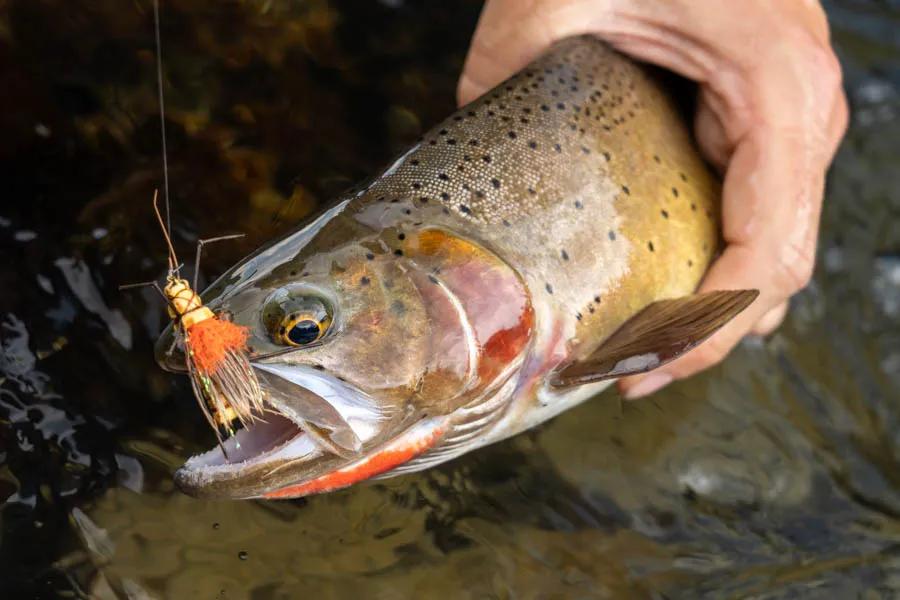
Yellowstone Lake to Upper Falls
This reach of river used to be one of the most popular and productive stretches of trout water in the entire world, but the introduction of Lake Trout changed all that. Still, opportunities exist for skilled anglers who like to spot and stalk their quarry. Given the large size of the river and relatively small fish population, this is a tough place to fish blind. The river here opens on July 15th and fishes best right out of the gates; don’t bother after the first week or so of August, as most of the fish will have returned to the lake. There is no population of resident fish here so after the spawners have left it’s game over.
Grand Canyon of the Yellowstone
The Grand Canyon of the Yellowstone is the section of river from the falls down to the bridge just east of Roosevelt Junction along the Northeast Entrance Road. This section of river contains resident fish only and has not been impacted by the situation in Yellowstone Lake. Fish populations are healthy and plentiful. One interesting aspect of this fishery is how much the water drops throughout the summer. In early July, the water is high and the fish are shoved up against the banks. At this time, wading is not really even necessary as you would be walking on top of the fish. As the water drops, it gains more character and the fish start to spread out.
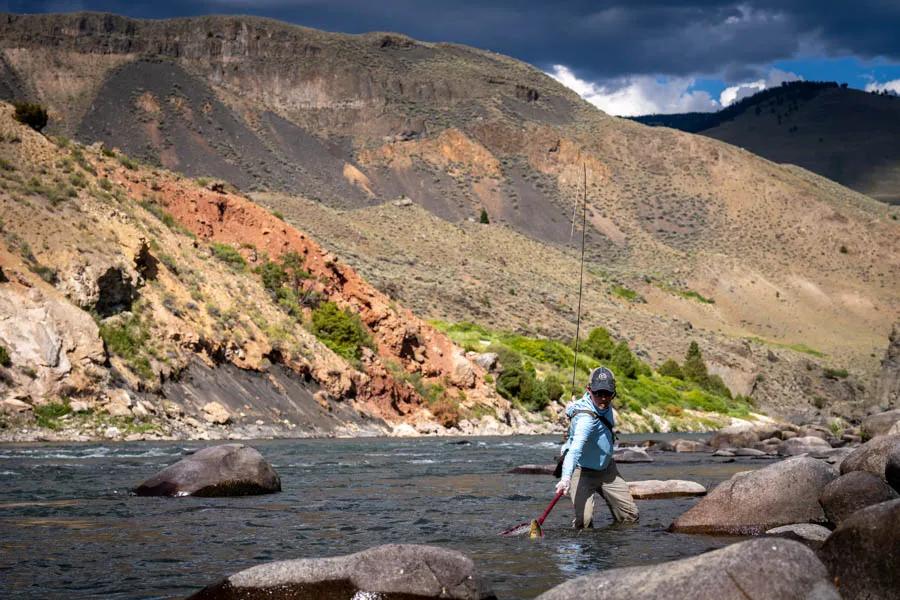
Black Canyon of the Yellowstone
The Black Canyon is the stretch of water from the bridge along the Northeast Entrance Road, just east of Roosevelt Junction, down to the park boundary just north of Gardiner, Montana. Fishing wise, this section of river is nearly identical to the Grand Canyon described above. The same hatches occur here and the same fly selections and techniques apply. The only minor differences are that this section of river will see hatches begin slightly earlier and the fishing will hang on a little bit longer in the fall.
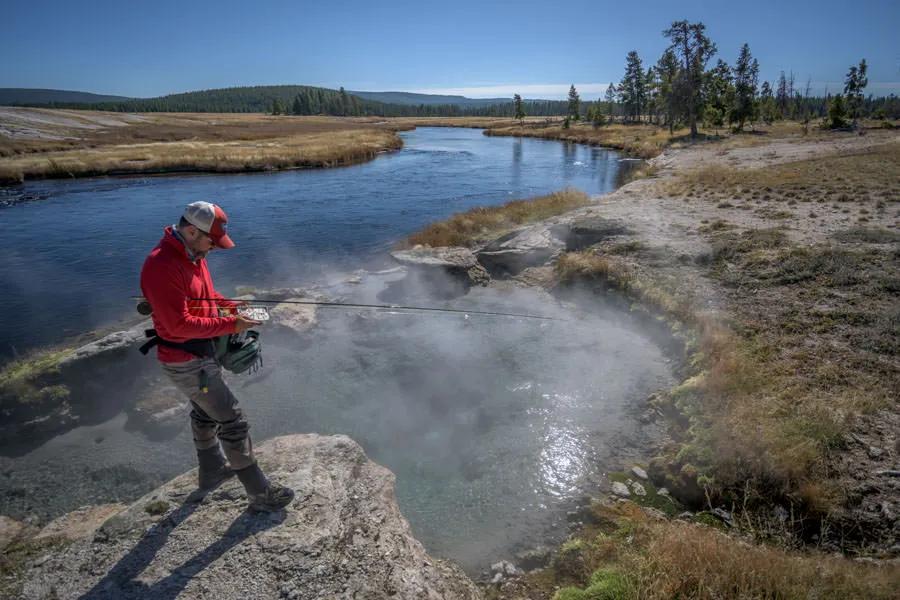
Firehole River
Draining geyser basins and home to plenty of wild trout, the Firehole River is quite possibly the most unique trout river in the world. It flows through three of the largest and most active geyser basins in the world, including iconic thermal features such as Old Faithful and Grand Prismatic spring. The outflow from these features flow directly into the river and you will have to dodge mud pots and hot springs as you walk along the banks. Wildlife is plentiful in the area, with frequent sightings of elk, bison and bear. The Firehole river's robust population of aquatic insects and wild trout helps also helps make it a bucket list fly fishing destination. Because the Firehole is heavily influenced by thermally heated water, it behaves differently than your typical Rocky Mountain trout stream. It produces excellent fishing early and late in the season but becomes too warm during the hot summer months. Yellowstone Park opens to fishing on Memorial Day weekend and the Firehole River will fish from the get go.
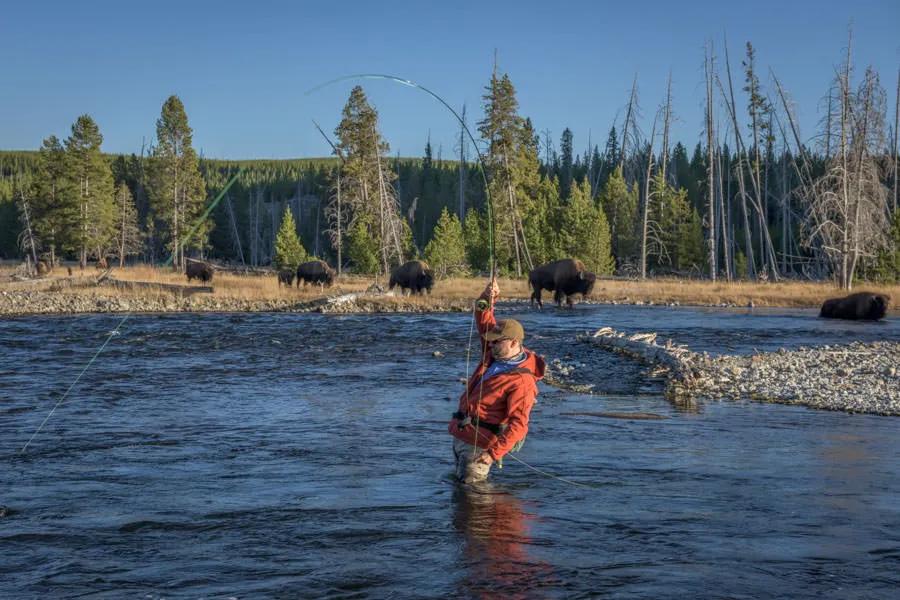
Madison River
One of Yellowstone Parks’ largest rivers, the Madison River is viewed by millions of visitors each year as it meanders along the West Entrance Road. What you will see here is completely different than in the famous waters waters outside the park in the state of Montana. While the Montana stretch is swift, rocky, and peppered with huge boulders, the Park reach resembles a big spring creek. The Madison in Yellowstone Park is defined by both the origin and destination of its waters. Its origin is the Gibbon and Firehole Rivers, both heavily heated by runoff from thermal areas. This makes the Madison too warm to fish in mid-Summer. The destination is Hebgen Lake, a man-made lake that the river enters just outside of the park boundary. The Madison River acts as a nursery for the lake and sees an influx of large fish each fall. The downside to this is that the resident population of fish is somewhat diminished, though they are still plentiful enough to offer good fishing at times.
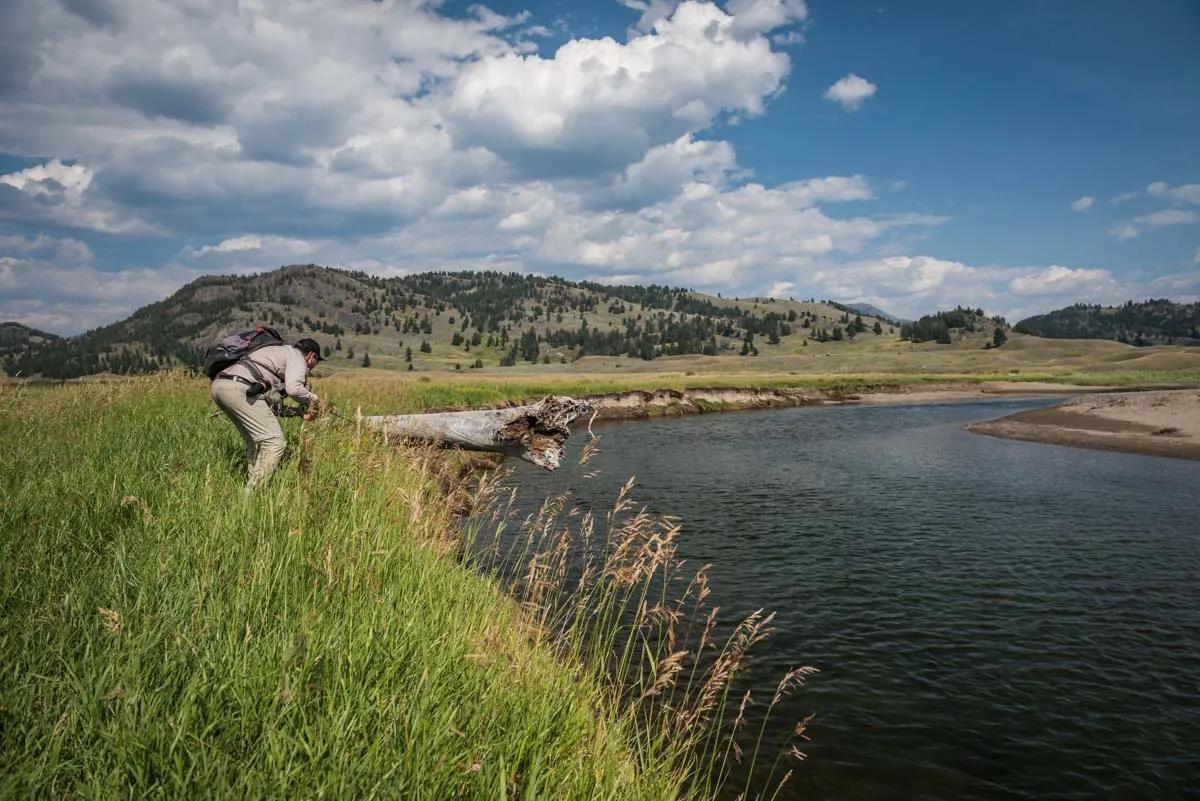
Slough Creek
Slough Creek is among the most famous trout fishing destinations in western United States, and for good reason. The native Yellowstone cutthroat trout are both good sized and abundant, and nearly all of the fishing is done with dry flies. Wildlife is commonplace in the meadows of Slough Creek, and it is possible to spot bison, wolves, and grizzly bears all within the same afternoon of fishing. While much of the stream requires an overnight stay in the backcountry, and the coveted permit that goes along with such a trip, there are several sections that can be fished as a day trip. Rising to the north of the park in the Absaroka-Beartooth Wilderness Area, the Yellowstone Park stretch consists of 4 major meadows, broken by short pocket water areas in small canyons. Slough Creek is hallowed ground in the fly fishing world, and every serious angler owes it to him/herself to test their skills against these wily Cutthroats at some point in their fishing career.
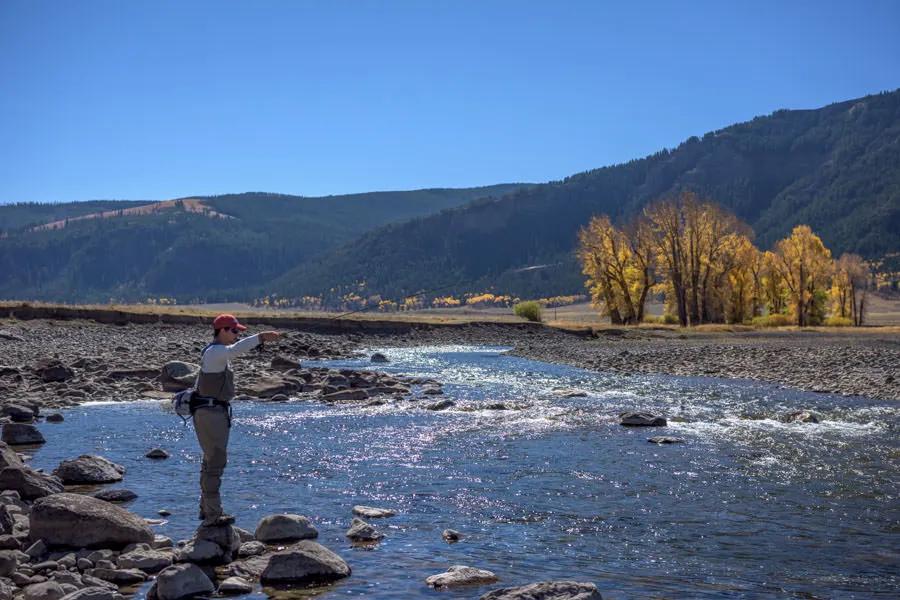
Lamar River
The Lamar River is the namesake of one of the most beautiful areas of Yellowstone National Park, the Lamar Valley. Though the river flows for over 40 miles in all, it is the seven mile stretch in the Lamar Valley that has made the Lamar River famous in fly fishing circles. Though rainbow trout have encroached over the years, the river remains a stronghold for the native Yellowstone cutthroat trout. The Lamar River begins high in the Absaroka Mountains and traverses 30 miles of serious wilderness before reaching the road at its confluence with Soda Butte Creek. Below the Lamar Valley is another eight miles of mostly canyon water before the Lamar spills into the Yellowstone River. While the Lamar Valley is of the most interest to anglers, there is plenty to explore for the adventurous type.
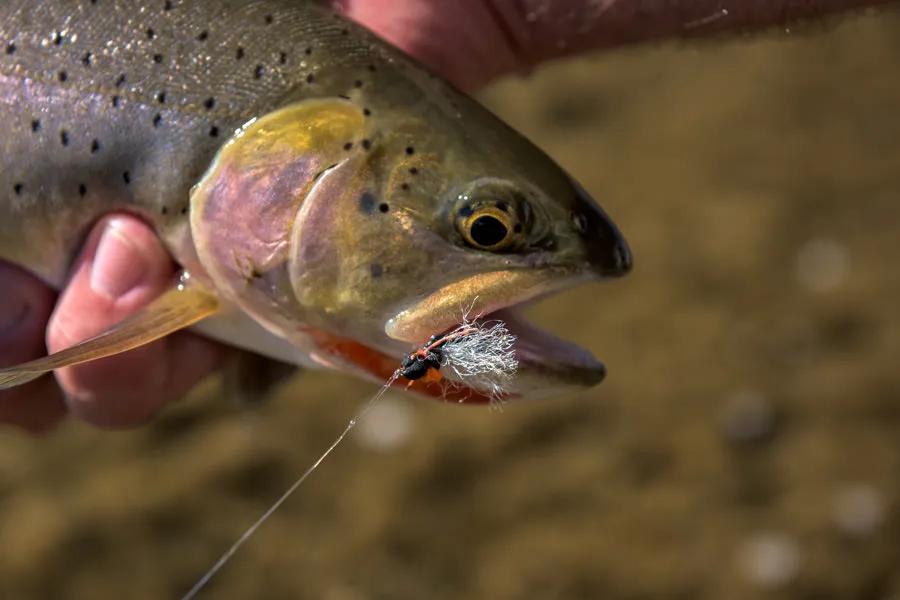
Soda Butte Creek
Soda Butte rises just to the north of the park boundary near the town of Cooke City, Montana and flows south for a dozen or so miles to meet the Lamar River. Soda Butte is fairly small, averaging 20-30 feet wide at most. Its headwaters lie at nearly 8,000 feet, meaning it runs ice cold through most of the year. While a few rainbow and cutthroat-rainbow hybrid can be found near the confluence with the Lamar River, Soda Butte Creek is primarily the domain of the native Yellowstone Cutthroat. The Northeast Entrance Road parallels the stream for its entire length, crossing it twice. This is both a blessing and a curse as it provides easy access but does lead to heavy fishing pressure on the stream. Fortunately, most of the pressure is concentrated in a few locations, allowing the adventurous angler to find some space.
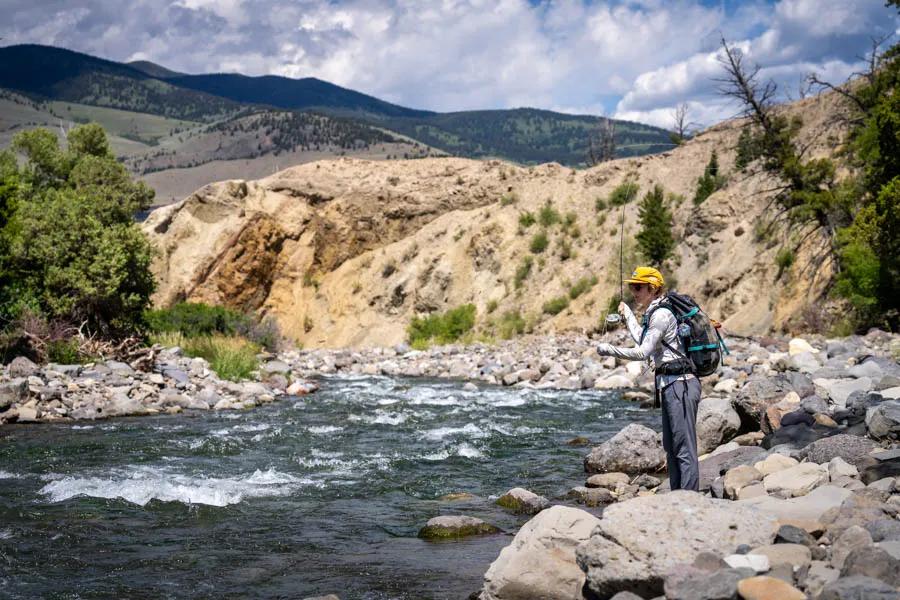
Gardner River
A fly-fishing trip to the Gardner River takes you to a fairly small river located in the northwestern corner of Yellowstone National Park. It’s headwaters are contained in a high altitude meadow, while its confluence with the Yellowstone River is surrounded by sagebrush at the lowest point in Yellowstone Park. In between, much of the Gardner River rushes through canyons and rapids. Two significant features along the way are Osprey Falls and the Boiling River. Osprey Falls is a major (100 ft +) waterfall that cuts off fish populations above and below. The Boiling River pumps a large volume of 140 degree water into the river, changing its character significantly. The Gardner has excellent nymph fishing early and late in season, with frequent hatches and good dry fly fishing in the summer months. Due to the rivers’ swift nature, precise patterns are not typically required; this is a place to fish attractors.
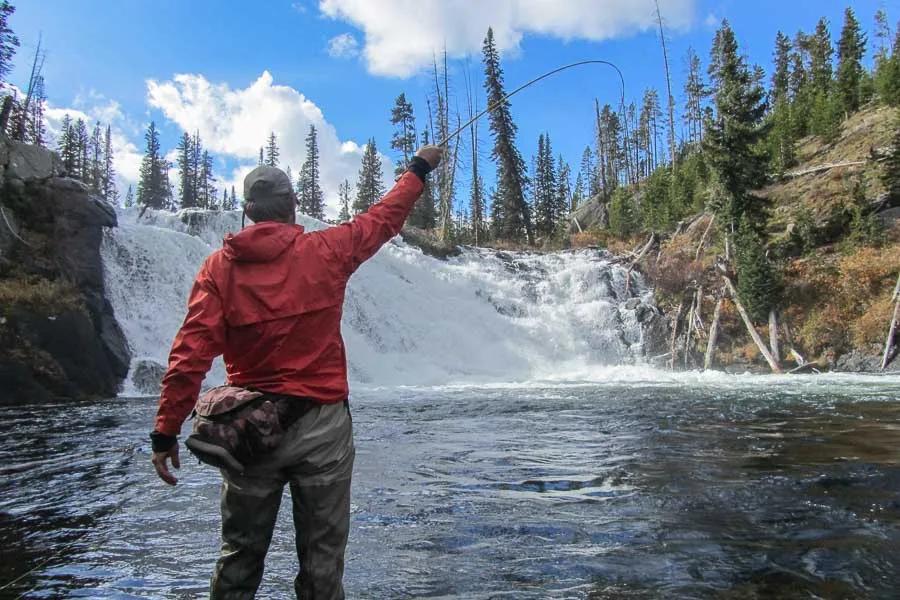
Lewis River
Located in the southern portion of Yellowstone Park, the Lewis River is part of the Snake River drainage that flows south towards Grand Teton National Park. The Lewis rises in Shoshone Lake, which is the largest lake in the Lower 48 with no road access. After a several mile stretch known locally as “The Channel”, the Lewis finds its way into Lewis Lake, which is even larger and the 2nd largest lake in Yellowstone Park. Below Lewis Lake, the river traverses a flat meadow before plunging into a deep canyon. The river exits the canyon as it meets the Snake, just north of the Yellowstone Park boundary. Lewis River has several different incarnations as a fishery. The channel between Lewis Lake and Shoshone Lake is best fished in the late fall, when large brown and Lake Trout migrate into the channel to spawn. The meadow stretch below Lewis Lake is populated by both brown and brook Trout. There are not many fish in this stretch, but the browns reach good sizes, while the brookies are small. Fishing is best here in July when the mayflies are hatching. Into the Lewis River Canyon, below Lewis Falls, cutthroat make up most of the fish population.
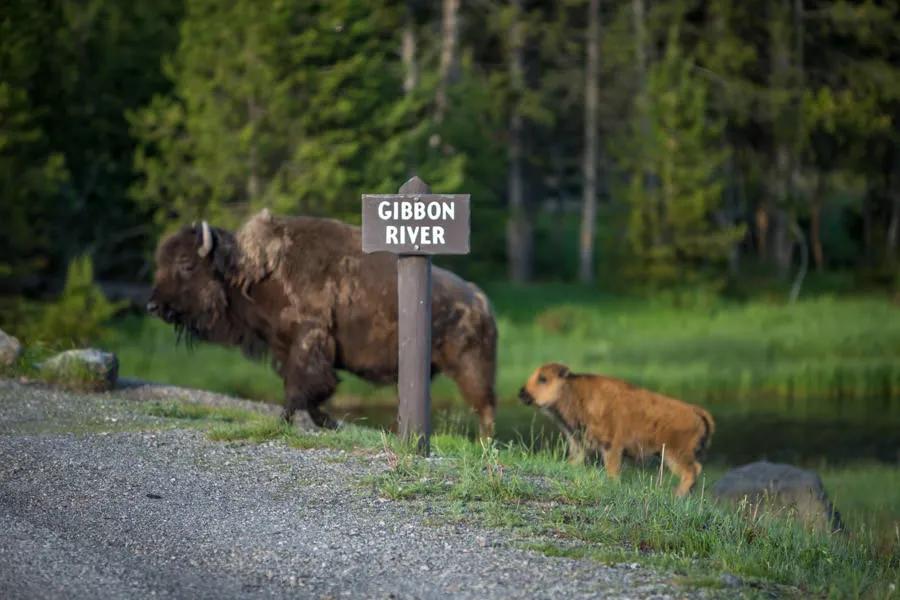
Gibbon River
One of the major sources of the world famous Madison River, the Gibbon River is a good fishery in its own right. The Gibbon rises in Grebe Lake, and several major waterfalls along its course divides the fishery and isolates distinct fish populations. Much of best water when fly-fishing the Gibbon River is easily accessed from the road, although hike in options exist, especially after the park service re-routed the Grand Loop Road out of Gibbon Canyon in 2009. It’s tough to give a general overview of fishing on the Gibbon, as the prime seasons, tactics, and expected quarry vary wildly on different sections of the river. The good news is that the Gibbon offers something for anglers of every skill level, from rank beginner to seasoned veteran.
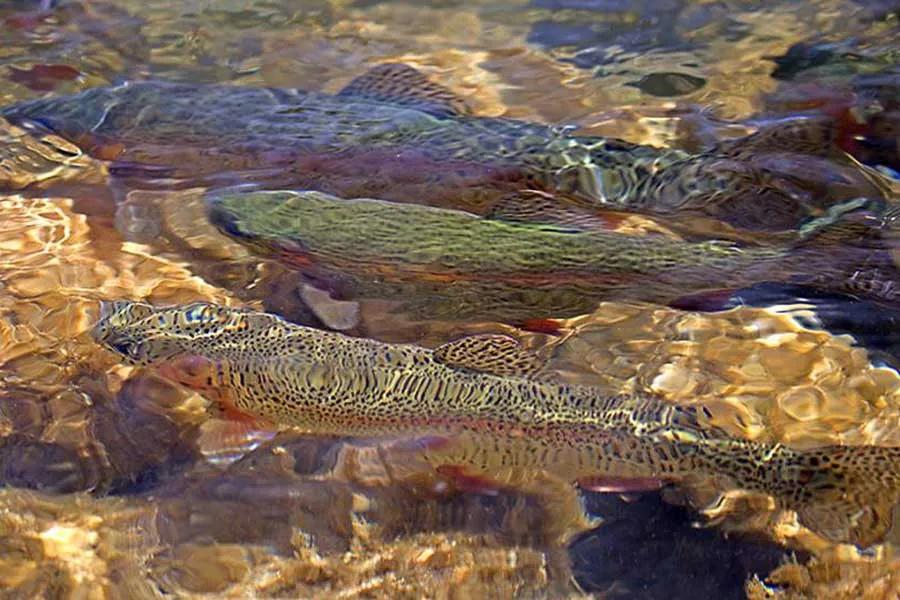
Bechler River
Located in the far southwestern portion of Yellowstone Park, the Bechler River is probably the least well-known major river in the park. Fly-fishing trips to the Bechler take you to the small portion of Yellowstone that falls in Idaho, which is not accessible from any interior park road. Instead, one must travel north from the town of Ashton, Idaho to gain access to the Bechler backcountry. The road dead-ends just inside the park boundary, so fishing the Bechler River requires a hike. While this region of Yellowstone is known to backpackers and hikers for its abundance of waterfalls and hot springs, it is far off the radar of the average visitor and most fishermen.
Yellowstone Park opens to fishing on Memorial Day Weekend and runs into the first week of November, however some recent regulation changes a few streams are open to fishing year-round. The Park Service can change these so it is a good idea to check locally before heading to fish in Yellowstone National Park. The wonders of Yellowstone National Park are reason enough to visit but the spectacular fishing to be found in the Park's waters means there are several lifetime's worth of great fly fishing.
